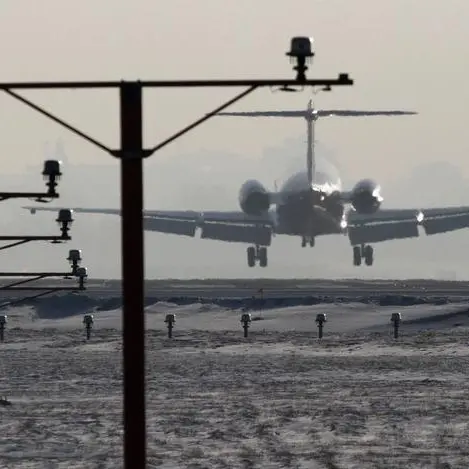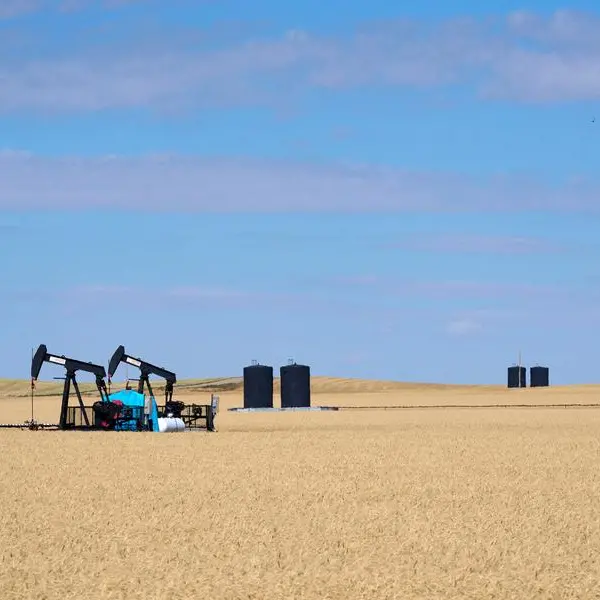PHOTO
WASHINGTON - U.S. President Joe Biden will travel to California on Thursday to tour areas hit hard by a series of deadly "atmospheric river" storms that inflicted widespread flooding, felled trees and brought mudslides to a state long gripped by extreme drought.
Biden, traveling with the head of the Federal Emergency Management Agency (FEMA), Deanne Criswell, was due to begin his visit in Santa Clara County, then venture by helicopter to other storm-stricken locations south of San Francisco.
The White House said Biden, who on Saturday authorized federal disaster assistance for three hard-hit counties in northern and central California, would be joined by Governor Gavin Newsom and other elected officials.
The itinerary called for at least two stops along the Santa Cruz coast, where thousands of residents were ordered to evacuate from low-lying communities inundated by flash floods, extreme tides and runoff from local mountains at the height of the storms.
Biden planned to meet with business owners, residents, local leaders and emergency teams in the town of Capitola and nearby Seacliff State Beach, where he was expected to deliver remarks. Twisted wreckage of wooden piers torn up along the waterfronts at both locations vividly illustrated the storms' destructive force.
At least 20 deaths have been attributed to a three-week barrage of nine storms classified as atmospheric rivers - massive airborne currents of dense moisture funneled in from the Pacific and powered by sprawling low-pressure systems churning offshore.
Experts say the growing frequency and intensity of such storms, punctuating extreme, prolonged drought, are symptoms of climate change and make it more difficult to manage California's precious water supplies while minimizing heightened risks of floods and wildfires.
Torrential downpours from the recent bout of storms triggered widespread flooding as well as hundreds of mudslides, rockfalls and sinkholes across the state, swallowing cars, forcing road closures and even disrupting rail travel.
Landslide hazards mounted by the week from repeated saturation, with much of the damage greatest in areas below hillsides and canyon slopes previously stripped of vegetation and left unstable by past wildfires.
The onslaught of showers - and heavy snow in the mountains - was accompanied by gale-force winds that drove pounding surf into coastal areas, washing out seaside roads and wharfs, AND uprooting thousands of drought-weakened trees in rain-soaked soil.
The high winds wreaked havoc on the state's power grid, knocking out electricity to tens of thousands of Californians.
Although highly damaging, the storms helped ease a historic four-year dry spell in California, replenishing some badly depleted reservoirs and the Sierra Nevada snowpack, a critical source of fresh water for the state.
But experts have warned that most of the state remains under moderate or severe drought conditions with no assurance that the remainder of California's winter will see enough additional precipitation to sustain drought relief.
(Reporting by Jeff Mason in Washington; Additional reporting by Trevor Hunnicutt and Katherine Jackson in Washington; Writing by Steve Gorman in Los Angeles. Editing by Gerry Doyle)























